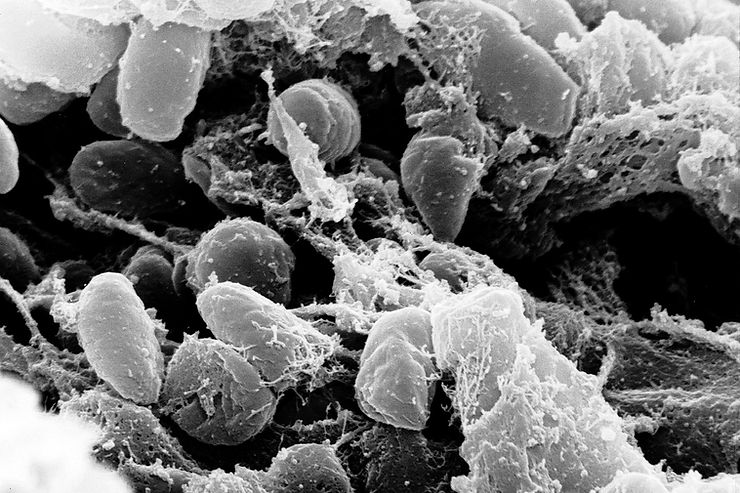By: Vivona Xu
The Black Death is considered one of the deadliest global epidemics in human history. This fatal plague spread across Europe and Asia in the mid-1300s, and it wiped out an estimated 25 million people between 1347 and 1351 in Europe alone.
For centuries, historians studying the Black Death have argued about one troublesome question: Where and when did the Black Death originate?
An investigation from a group of researchers reported they have found the answer in the pulp, or the soft area within the center, of the teetth from people buried in the 14th century.
Originally, the Black Death was thought to have spread from a series of military actions around 1347. It was said the Black Death first destroyed the army of the Mongols in 1347 as they were besieging the Genoese trading port of Kaffa (now Fedosiya) in Crimea. As Janibeg’s, ruler of the Mongols, troops were dying, he catapulted the plague-infested corpse in a small town in an effort to infect his enemies. From there, Genoese ships carried the plague to places throughout Europe unaware.
However, based on the researchers’ analysis (led by Wolfgang Haak, Johannes Krause of the Max Planck Institutes for Evolutionary Anthropology and the Science of Human History in Germany, and Philip Slavin of the University of Stirling in Scotland) from the preserved teeth, the Black Death first arrived in 1338 or 1339 near Issykkul, a lake in a mountainous area just west of China in what is now Kyrgyzstan. Then, it was spread through trade routes. Dr. Fissell, a medical historian at John Hopkins University, said “Those battles in the 1200s are pretty irrelevant,” based on the new findings.
The researchers were able to obtain the genetic material in the teeth of the deceased by using bodies that were already dug up and kept in the Museum of London. This situation was ideal since these bodies were victims from a plague graveyard and the date of death is known.
After they analyzed the genetic material, the group was able to create a DNA family tree of the plague bacteria strains. At first, the tree had a trunk, which was when there was only one strain of the Black Death, later, the tree exploded into four branches of Y. pestis (causes plague like the Black Death) strains. This event received the name ‘Big Bang’.
The DNA found in the pulp of victims from the plague has brought us one step closer to discovering when the Black Death started.
Sources:
Black Death | Definition, Cause, Symptoms, Effects, Death Toll, & Facts | Britannica
Black Death – Causes, Symptoms & Impact – HISTORY
Black Death: A Clue to Where the Plague Originated – The New York Times (nytimes.com)











